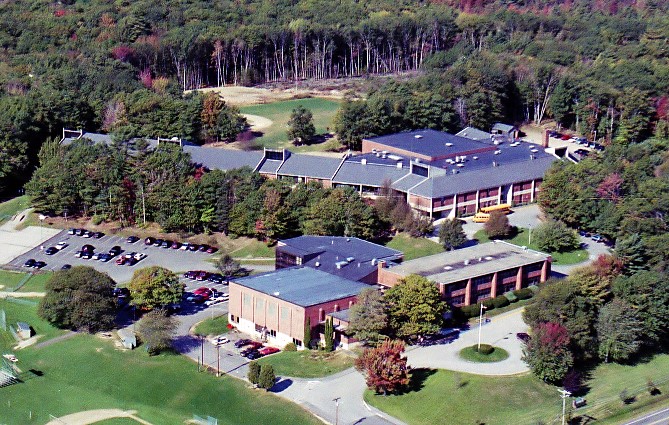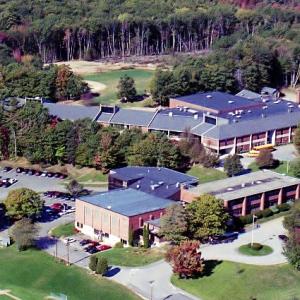CSD commits to continuing lockdown drills next school year
In July, rising senior Ariel Alamo reached out to the Register with concerns that Boothbay Region High School (BRHS) had allegedly not performed any lockdown drills over the past three years. Boothbay CSD Schools Policies under Emergency Evacuations SubSection: EBCD currently states each school must hold at least one lockdown drill during the school year, and it must be held during the first two weeks of class.
According to a survey conducted by Alamo of BRHS students, 87.5% said they do not know where to go in case of a lockdown, and 81.3% feel they have not been properly instructed on what to do.
“In the world we live in today, we should be educating students in our school on what to do in the case of a threat to our school,” wrote Alamo. “We need to be following this policy, or amending it.”
BRHS Principal Tricia Campbell confirmed that due to COVID-19 interruptions and the Boothbay Region Elementary School (BRES) flood impact, the school has not had a full lockdown or evacuation drill. However, there are plans to include these practice drills in the 2023-24 school year. “I agree that there should be an increase in reviewing of the information and return to more routine drills moving ahead,” she wrote in an email.
Both school systems have continued to perform fire and shelter-in-place drills in the meantime, which are similar but distinct from a lockdown.
Shelter-in-place is used when there are external circumstances that require staying in one location, such as an escalating student or parent presence in the hallways, weather emergency, environmental hazard, or local emergency; teachers are expected to lock their doors, but can still continue teaching, according to Kyle Canada, director of safety and security.
Lockdown drills are meant to limit the exposure of students and staff to an imminent threat. People are expected to take immediate shelter in a room if possible, lock doors, close blinds, turn off lights and not make noise, to avoid detection. Lockdowns also differ depending on the developmental level of the children. According to BRES Principal Shawna Kurr, for younger children this can manifest as asking what they would do if there was a skunk or bear outside the classroom. Teachers also help students identify a course of action if they are in a bathroom or hallway without an adult.
“Our goal throughout the continuum is for a developmental approach that gives enough information without being sensationalized, scary, or traumatizing.”
Minimizing trauma during active shooter drills has become a major concern recently as research has come out showing troubling effects on K-12 students, staff and parents: A 2021 study from Georgia Tech University found these groups have had a 42% increase in stress and anxiety, a 39% increase in depression, and a 23% increase in physiological health problems associated with these drills. Earlier this year, the Maine Legislature considered a bill allowing parents to opt their children out of lockdown drills due to these statistics.
“I can understand the thought process of parents wanting to opt out,” said Canada, who is a parent. He believes students do not necessarily need to complete a lockdown drill as similar information can be communicated in conversations or shelter-in-place drills. However, lockdown drills have improved in recent years due to more trauma-informed approaches.
In an effort to reduce trauma, the CSD in 2018 pivoted to ALICE (Alert, Lockdown, Inform, Counter, Evacuate) training, sometimes known as Run Hide Fight. In addition to providing developmentally appropriate information on how to discuss active shooters with students, this program also encourages sending notifications to parents so they are aware a drill is occurring.
The ALICE model is also meant to help people be more proactive and aware of their surroundings instead of only hiding. For example, the previous method of clustering students in one corner has shifted to spreading them out to reduce casualties and provide more reaction time.
All staff participate in yearly ALICE training and certification. Canada, a certified ALICE instructor, also runs individual training with BRES and BRHS staff through a simulated lockdown. Kurr spoke positively of the training. “I have heard teachers report that they feel more empowered to make choices in the event of an intruder situation and not simply just wait for others to help.”
Discussions are being had on how to get students more involved during lockdown drills, such as homeroom teachers or Canada discussing what to do in the event of an active shooter or having students practice barricading doors. “How far do we want to go with it? And how do we want it to look? Those are ongoing conversations (administration has) had and that we're going to continue to have,” said Canada.
Alamo could not be reached for further comment.





























